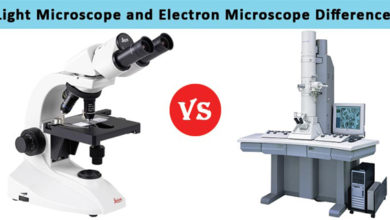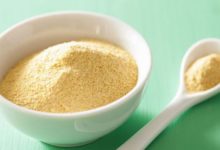What is the Difference between Arctic Region and Arctic Circle?
There is a difference between the Arctic Region and Arctic Circle in that The Arctic Circle goes around the northern part of the earth in a perfect circle, 66 degrees north of the equator. At one time, the arctic region was considered to be all land and water lying north of this circle.
But today the arctic region is considered to be a geographical unit based on the combination of a number of different elements, especially vegetation and climate. It extends south into Canada and includes all of Greenland.
The climate of the arctic is not continuously cold, nor is the arctic an area of heavy snow covered by ice. During the short, hot summer, temperatures may rise to 27 degrees centigrade, and in some places, even reach 38 degrees. What makes the arctic feel so cold is mainly the frequent, strong wind driving the dry crystals of snow before it.
Over much of the arctic, there are less than 38 centimeters of precipitation a year, although southern Greenland may have as much as 100 centimeters, so a great number of plants grow in the arctic. More than 1,300 different species of plants have been identified there, and more than half of them are of the flowering kind! Large areas are covered with moss and lichens, but in the southern regions of the arctic, there are fertile valleys and grasslands.
Animals are quite numerous in the arctic and distributed widely. Land animals include the large herds of caribou or reindeer that perhaps number as many as 5,000,000 to 25,000,000 heads. There are also musk oxen, mountain sheep, wolves, foxes, and grizzly beers.
Among the birds found in the arctic are the duck, the goose the swan, the tern, and the gull. Salmon, cod, flounder, trout and halibut, and of course, the seal, walrus, and whale live there, too.


